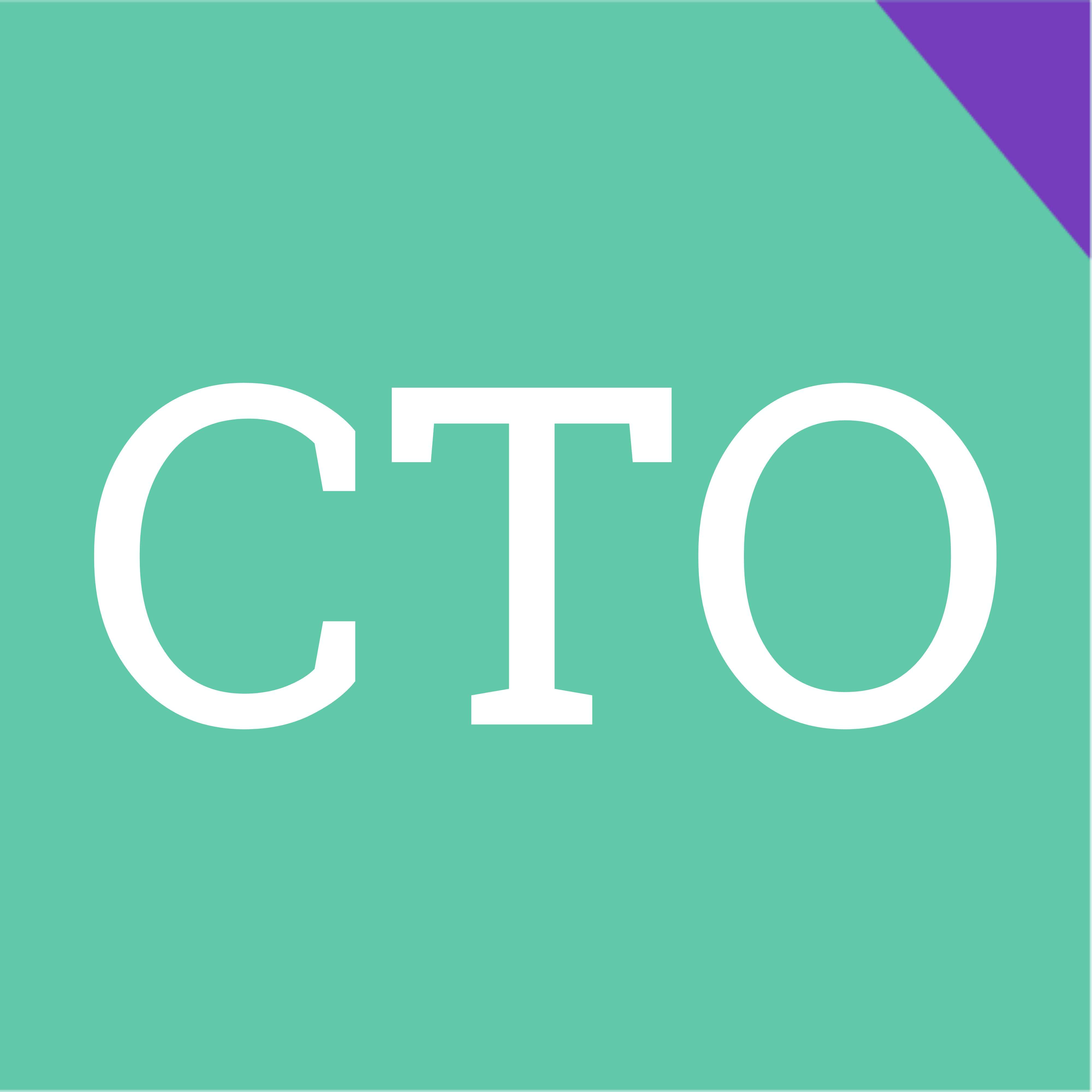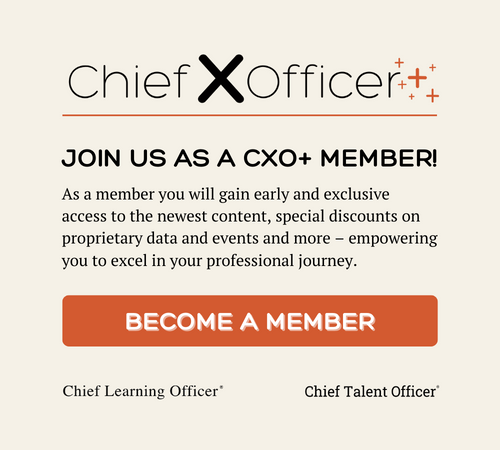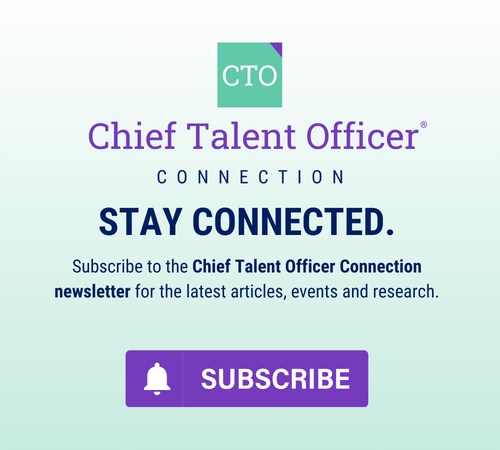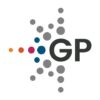- BUDDY PASS NOW AVAILABLE on CLO Symposium Registration, CLO Accelerator Enrollment and Membership.
- BUDDY PASS NOW AVAILABLE on CLO Symposium Registration, CLO Accelerator Enrollment and Membership.
- BUDDY PASS NOW AVAILABLE on CLO Symposium Registration, CLO Accelerator Enrollment and Membership.
- BUDDY PASS NOW AVAILABLE on CLO Symposium Registration, CLO Accelerator Enrollment and Membership.
-
Capturing the Intellectual Capital of Baby-Boomers
The number of baby-boomers reaching retirement age is staggering. Currently, 32.8 million Americans are between 55 and 69 years old, and this number will increase to 39.7 million by 2005. With the largest-growing segment of the American workforce being th
-
Why Does Learning Matter?
Today, executive management understands that organizational learning enables organizational performance. It enables agility, change and growth. Because it is the centerpiece of the strategy to recruit, retain and leverage the most talented people, learnin
-
Using Models to Manage Strategic Learning Investments
Gone are the days of technologies looking for a problem to solve. Today, technology investments must be strategic and driven by an organization’s business focus. However, not everyone fully realizes the strategic importance of technology investments
-
Don’t Use a Hammer When You Need a Screwdriver
Self-paced, Web-based learning and Web conferencing are powerful tools to address an organization’s communication and training needs. Since each tool has its own strengths and limitations, organizations should use these online learning modes in the most e
-
How to Create a Visual Brand Identity
Creating a visual identity for a company’s brand is crucial for competing and surviving in today’s global marketplace. Even large companies with defined corporate images do not always take into consideration the visual aspect of their brand and the differ
-
E-Learning Lessons: Compliance and IT Innovation
As the IT market gets more comfortable with the idea of recovery, speculations abound regarding “the next big thing” and which market segments stand to gain the most when IT spending returns to a more fluid pace. While some markets waned or simply disa
-
Translating Lofty Goals Into Action
In prior columns, I’ve talked about an execution gap in organizations—the gap between setting a goal and achieving it. To close the execution gap, leaders must practice four disciplines of execution: focus on the wildly important goal, create a compelling
-
The Strategic Benefits of Learning Outsourcing
Outsourcing key business functions is a common strategy for information technology and human resources departments. Having other companies do the administrative work or host the technology allows these departments to free up their resources to devote more
-
Steelcase University: Sticking to a Value Proposition
The year was 2000. Steelcase Inc., a global office furniture industry leader, gave a tactical nod to its “knowledge company” commitment with the opening of Steelcase University (SCU), a facility that redefines the traditional “bricks and mortar” learning
-
Upgrading Performance and Targeting Learning
Business as usual no longer applies. The routine is now the exception to the norm, and the familiar has become almost exotic. In short, the workplace is in a constant state of flux and stretch. What is perhaps startling is that it is nevertheless succeedi









